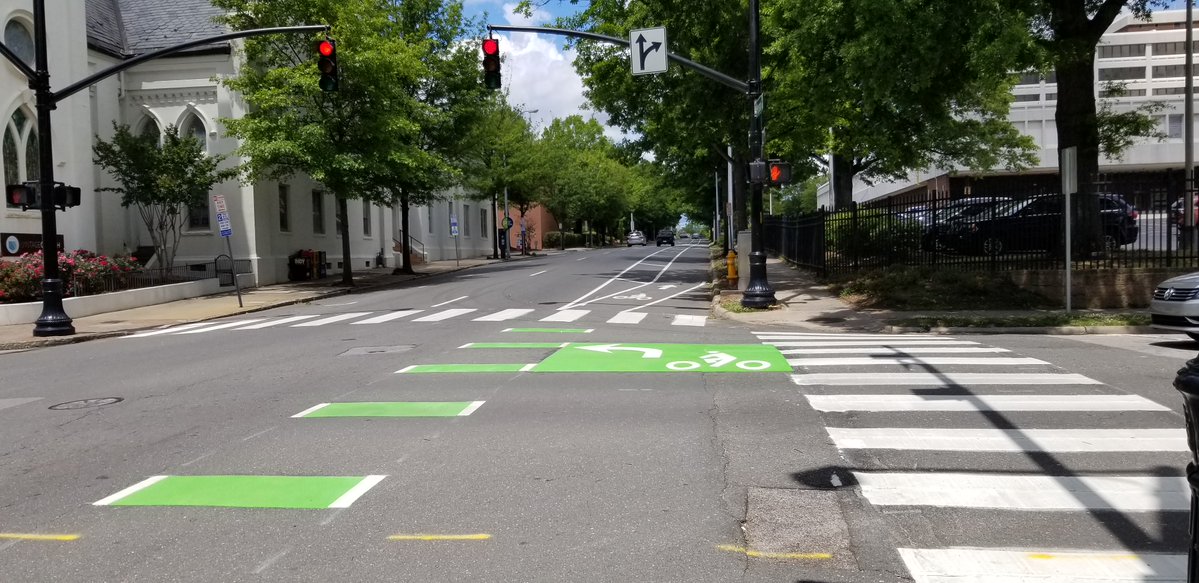What is a Transit Overlay District (TOD)?
TOD zoning supports planned Bus Rapid Transit (BRT) routes by allowing for a greater diversity of development —like apartments, townhomes, and businesses—to be built in areas traditionally zoned for single-family housing. TOD zoning has already been passed on the Western and Southern Corridors with relative ease as these corridors contain more industrial, commercial, and public lots.
History of the Transit Overlay District
Benefits of Transit Overlay District Zoning
1. Health, safety, and quality of life
2. Small-Business Economy
3. Environment and Climate
4. Transit Access and Equity
Resources:
Investing in walkable cities, whether through allocating funds to repaint pedestrian walkways or building affordable housing close to downtowns, also attracts diverse populations and creates jobs.
(Vox)
Why TOD Matters: Strategic Planning or Status Quo?
We are currently at a fork in the road. Do we allow things to proceed “business as usual” – where policies borne out of economic and racial segregation continue to make housing inaccessible for many, piecemeal private-market driven development causes gentrified neighborhoods, and continued car-dependence increases traffic and reduces air quality – or do we support long-term, strategic planning that embraces the growth of the city, takes necessary steps towards reducing emissions from cars and unsustainable land use, has built-in protection from displacement for existing vulnerable residents, and provides incentives for the construction of affordable and mixed-income housing?
With the BRT already coming, we need to ensure the success of this investment by supporting the Transit Overlay District so that the change that’s coming can feel intentional and beneficial to these neighborhoods – as opposed to scary and disregarding of existing residents. We hope to support the expansion of transit and transit-oriented zoning to all of Wake County’s municipalities and to see where successes, challenges, and opportunities exist to support thriving communities.
See this recent news clip featuring WakeUP board member Erika Brandt and Executive Director Nathan Spencer on how Raleigh hopes to develop plots on future transit corridor into affordable housing and mixed use:
New Bern Avenue Corridor
The New Bern Avenue, Western, and Southern Corridors planned for Bus Rapid Transit (BRT)—and the accompanying rezoning known as Transit Overlay Districts (TOD)—have been identified as critical corridors into Downtown Raleigh that are currently car-oriented. The New Bern Avenue Corridor has received more pushback from the community as the corridor passes through or is adjacent to historic and residential neighborhoods such as College Park and Oakwood.
Strategic Planning on New Bern Avenue Will Benefit Existing Community and Environment
WakeUP Wake County has long supported transit-oriented development along Bus Rapid Transit (BRT) routes and was heavily involved in bringing about the Wake County Transit Plan approved by voters in 2016. Transit Overlay District (TOD) zoning is one way we can make sure BRT routes are successful in helping us reach our environmental, affordability, and land use goals.



